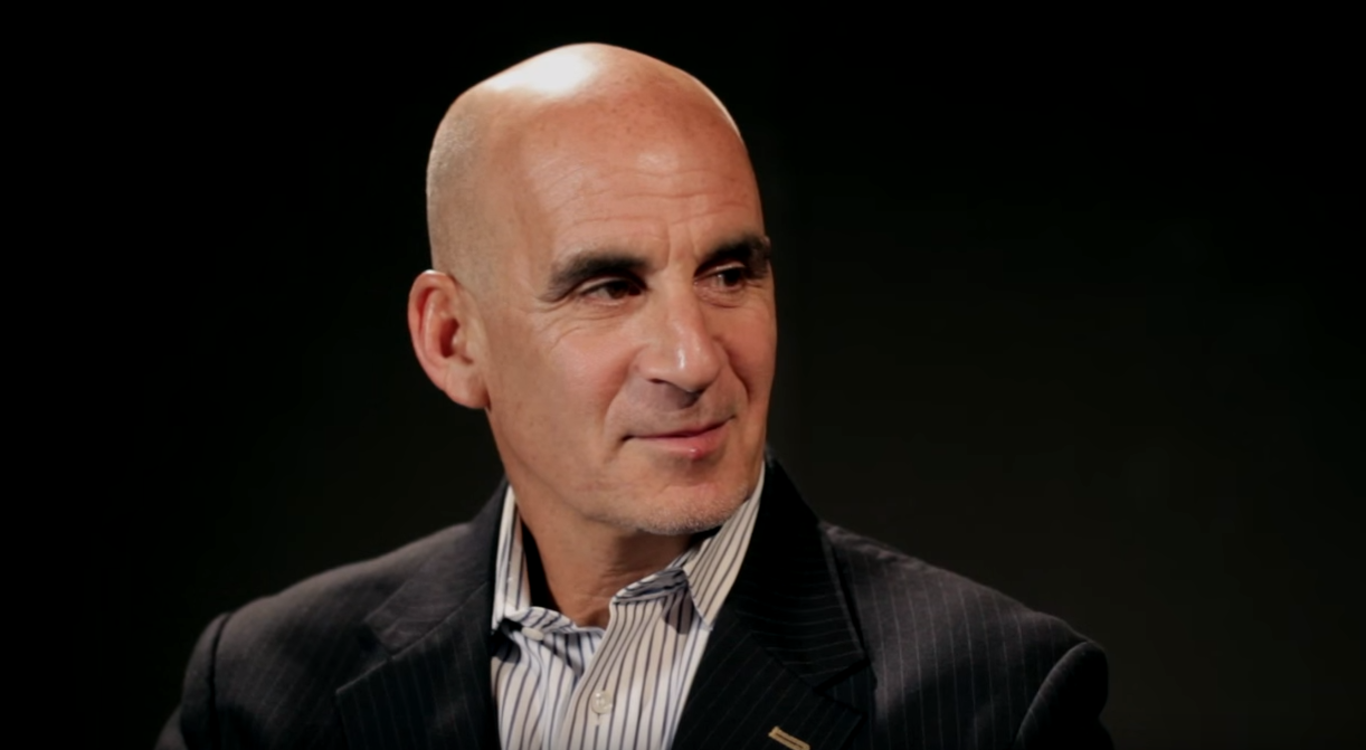The one thing most businesses still screw up on social media
This social media expert shares some simple advice any company can follow.
FOLLOWING DECADES OF passive marketing techniques that are designed to appeal to the masses, the personal approach to dealing with consumers has slowly died out.
Many companies now employ customer service teams dedicated to answering queries on social media as they try to rekindle a connection with consumers, but according to marketing strategist Ted Rubin not enough brands are tapping into its full potential.
Previously ranked as one of the world’s best social media strategists by Forbes magazine, Rubin specialises in advising brands on how to make better relationships with consumers online using social media.
He said the way brands use social media for marketing might be getting better, but their approach to customer service is lagging behind.
“The last few decades of marketing tactics have made us lazy communicators. We don’t pay attention to who we are talking to other than looking at the data we collect,” he said.
“In order to start to benefit from social relationships, what we need to start doing is look people in the eye digitally.
“My belief is that most people just want to be heard. They don’t necessarily want the first person they interact with to solve their problems, they just want to see an effort that you are trying to help them.”
Evaluating the importance of social
In his role as a social media advisor, Rubin said he still comes across a lot companies who ignore the value of having an online presence because they cannot evaluate the worth of interacting with consumers online.
“People like to say you can’t quantify relationships. Well, maybe I can’t quantify exactly what the relationship does for your business, but I can quantify people who share my content,” he said.
“I can quantify people that are loyal to coming back and buying and people that say they trust the brand.
“Most brands are lazy. They don’t want to take the time to measure relationships like SOV (share of voice), which looks at how much people are talking about my brand compared to my competitors’ brands.
“Net promoter score, which looks at how likely a customer is to recommend you, is another great way of measuring these relationships.”
 Xbox take a very proactive approach to engaging with their users on Facebook.
Xbox take a very proactive approach to engaging with their users on Facebook.
Don’t ignore Facebook and Instagram
When it comes to developing these relationships with customers online, Twitter has established itself as the platform of choice for answering queries. Rubin said no channel should be off limits for connecting with consumers, including Facebook and Instagram.
“Brands have done what big corporations always do, they have assigned different channels for different functions. They have decided that Twitter is for communication, but Facebook is just for pushing out content and not helping people,” he said.
“If you want to stand out as a brand, don’t just reply to people on Twitter, do so on Facebook and Instagram. That’s where you talk to real consumers.”
A lack of manpower can sometimes be a factor holding businesses back from this commitment to talking to customers on all social media channels. Rubin said a simple solution to this problem is to entrust all employees to chip in.
“I advise brands to start empowering their employees to jump into conversations online. Drop the veil of fear that they might say something wrong and give them the tools to give useful advice,” he said.
“I don’t mean make all your employees customer service machines. All brands need to do is to equip their employees with the old world response ‘How can I help you?’ How difficult is that to train your employees to do on social?”
Ted Rubin will be speaking at the Social Media Summit in the Aviva Stadium on 1 and 2 March.






